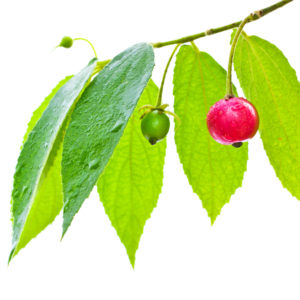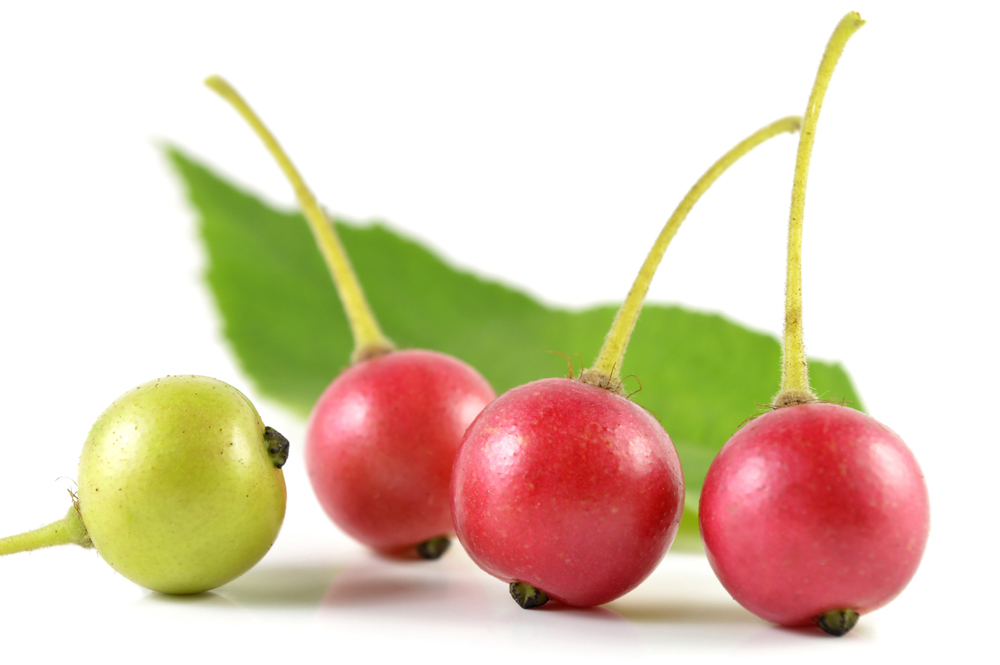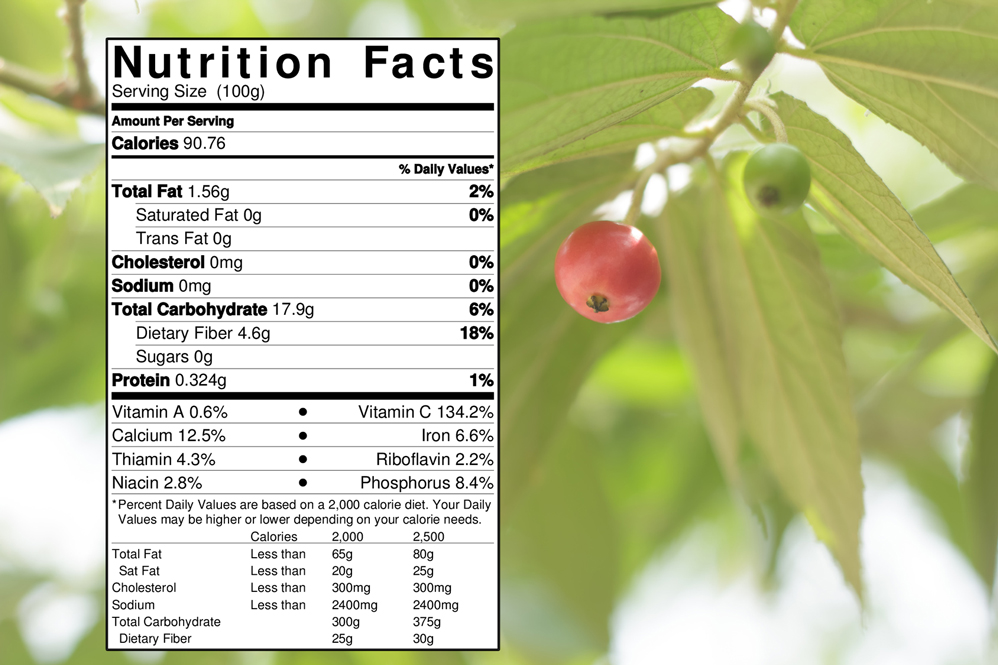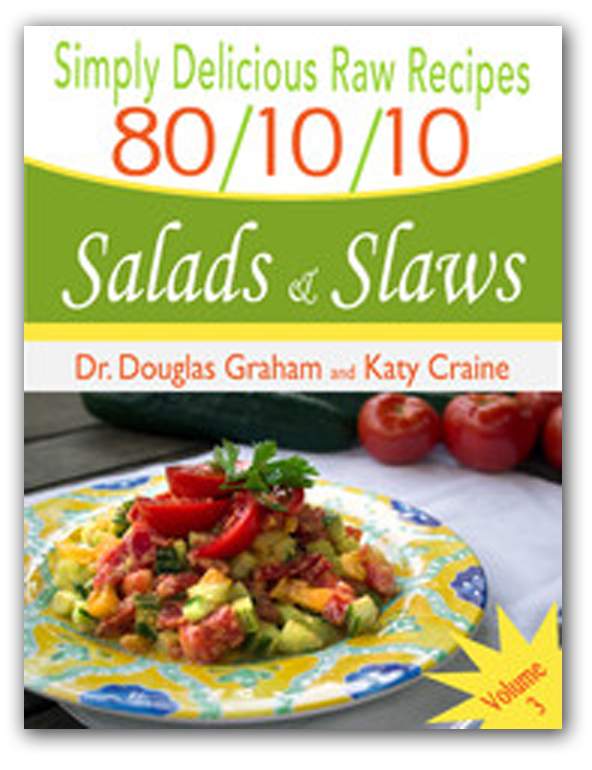
You haven’t really partied till you’ve eaten all the mutingea you care for at one sitting. What a wonderful fruit! Likely the smallest of all the fruit you will ever eat individually, mutingea can be either white or red.
Dr. Graham finds the white has a better flavor, but some people prefer the red. The mutingea tree (Muntingia calabura) is sometimes mistakenly called
the “strawberry tree,” because its flowers look similar to strawberry flowers, but there is already a tree by that name (Arbutus unedo).

Mutingia fruit
Mutingea fruit are small, almost spherical berries, each hanging from a stem so that it looks like a tiny cherry. The tree can fruit many times per year. Birds, raccoons, squirrels, and many other creatures are drawn to eat the mutingea, but the tree makes so much fruit that there is plenty for everyone.
With the taste of caramel and the smell of hot-buttered popcorn, it is unnecessary to say that mutingea is truly delicious. I’ve never met anyone who didn’t like this fruit, although some have mentioned that they would prefer that the skin was even thinner. Like many varieties of banana, mutingea’s skin thins as the fruit ripens, but it quite delicious if eaten a day or two early. The fruit should drop into your hand when you touch it, for ideal ripeness. After picking, the fruit goes bad with 24-48 hours, tops.
The tree is peculiar in that the seeds of the fruit are vestigial, meaning that they will not sprout. The tree depends upon damage to its long and delicate roots to reproduce itself. At each point of damage, whether from a rock, an animal, or even a shovel, the mutingea grows a new shoot. This is truly an invasive tree that will take over an area if given a chance. The tree grows low, rarely reaching 20 feet in height, and spreads wide. It prefers to grow within 1000 miles of the equator, but can be grown in slightly cooler climates. Mutingea trees cannot handle frost.








